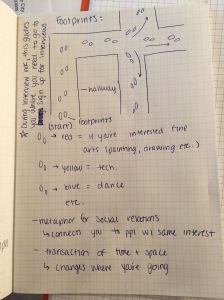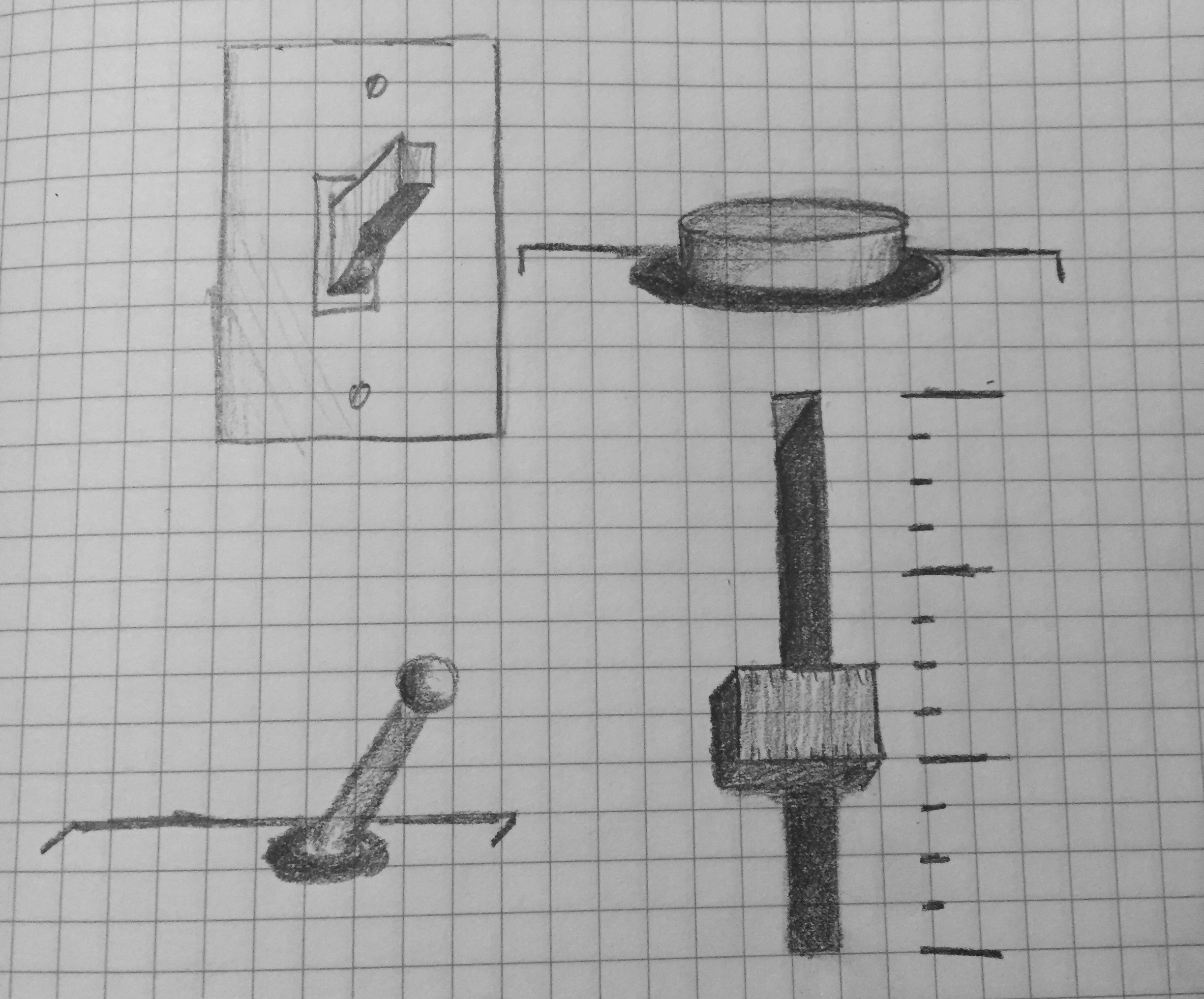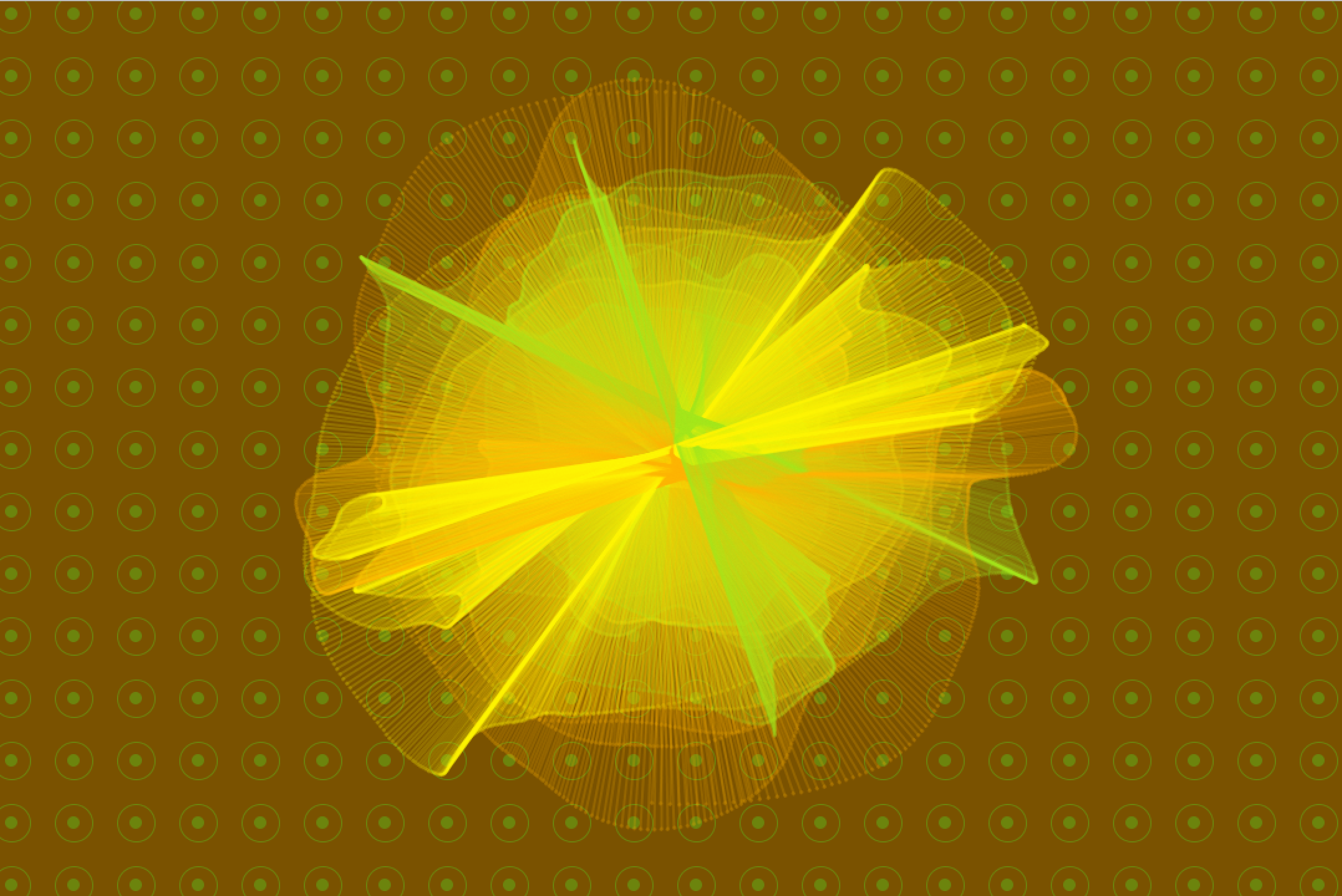FootPrinted is a tracking interactive that projects the paths that students take depending on what they are studying. This interactive can serve as a guide, showing what traffic is most frequented by which students. With this, students can easily find rooms associated with their studies, as well as discover new areas often populated by students with similar academic interests. There would be several color coded paths based on the different areas of studies that can be found in Heimbold. For example, if a student is interested in fine arts, such as painting or drawing, they would follow the red footprints that are projected onto the ground. This would lead them to all of the fine arts classroom and the fine arts teachers’ offices. This could be very helpful during registration week because it could help students find their way to sign up for interviews, meet teachers, and connect to people that have similar academic interests.
Manuel Castells would like this idea because it develops a social structure. As pointed out in the article, “social network analysis, uses the idea of network as a representational form to help plot emergent forms of connectivity between humans at various scales (both individual and collective)” (Gane + Beer, 31). This shows that Castells supported the idea of technology that created social interactions. By creating paths for people to follow, it forces people to go to the same way as other students that they might not otherwise talk to. This increases social interactions between students, peers, and professors. In addition, Castells would like this network because it displays topologies. In the article, it says that “Castells hints that networks may assume multiple topologies, in practice he tends to use the concept of network to symbolize a society that is increasingly de-centred, flexible and individualized” (Gane + Beer, 20). This project would definitely create individualism because there are so many different paths that are based off various areas of student interest. It is also flexible because there is not only one destination per individual. Each student will be guided to all of the classrooms and offices that pertain to their area of study. Furthermore, Castells would like this network because it displays a transaction between time and space. Within this transaction, there are “[…] nodes in the network; that is, the location of strategically important functions that build a series of locality-based activities and organizations around a key function in a network” (Gane + Beer, 21). This network’s function is to guide people towards their interests and to meet people in the process. Therefore, there built in locality activities and organizations are the classes themselves and other clubs that evolve around that area of study.
Footprinted disrupts existing networks because it reveals an invisible network. The paths that students take are not shown in real life. This idea displays where each student will walk based on their interests. Therefore, it changes how other networks work. Based on individual interests, one will face different social interactions because they are directly guided towards an area of study that encompasses their interests.
Alexa Di Luca, Garrett Hsuan



